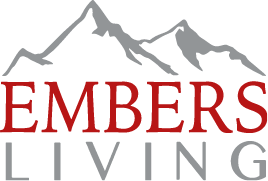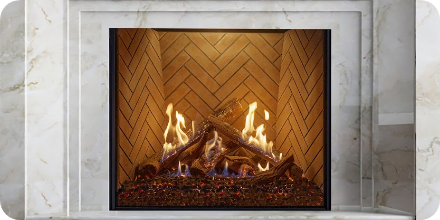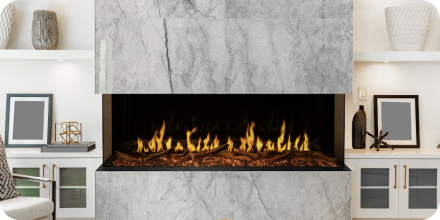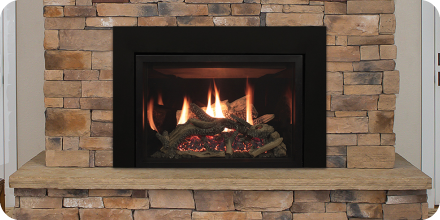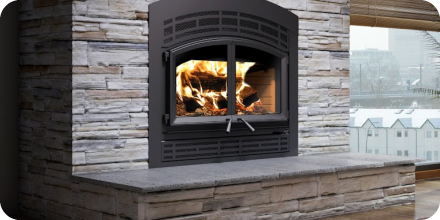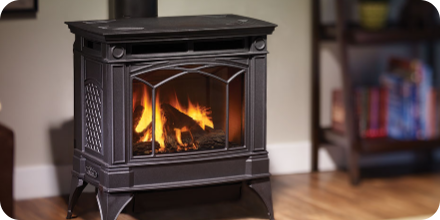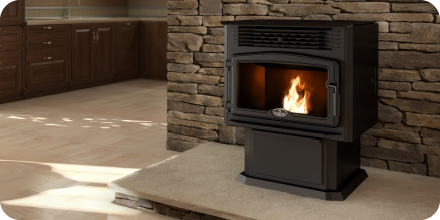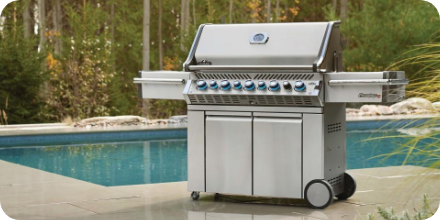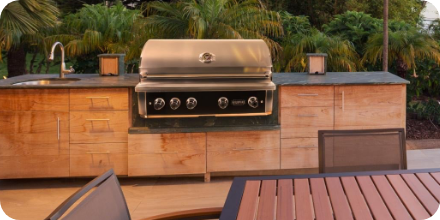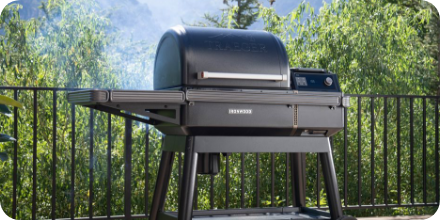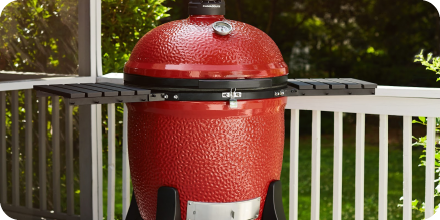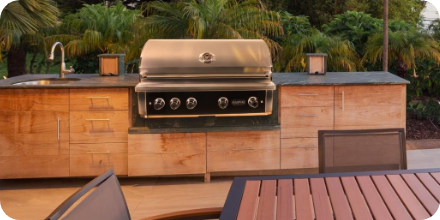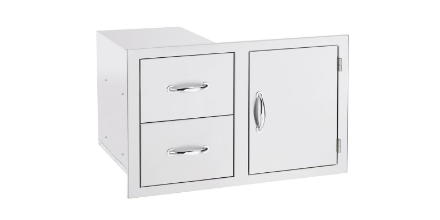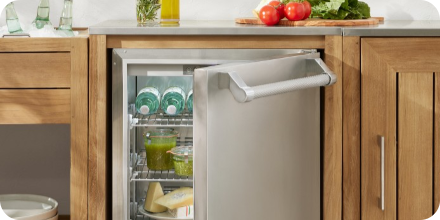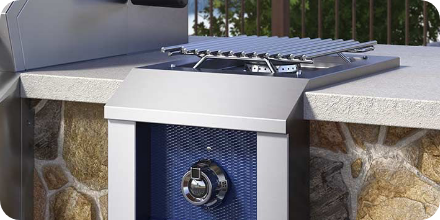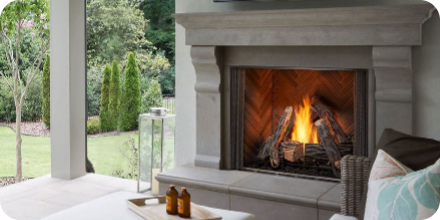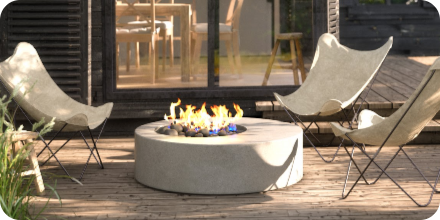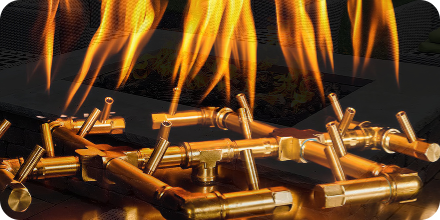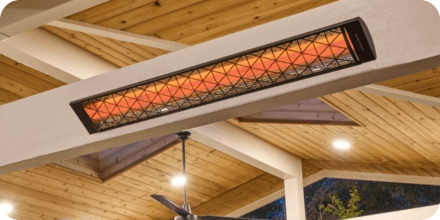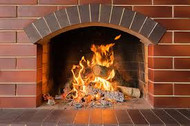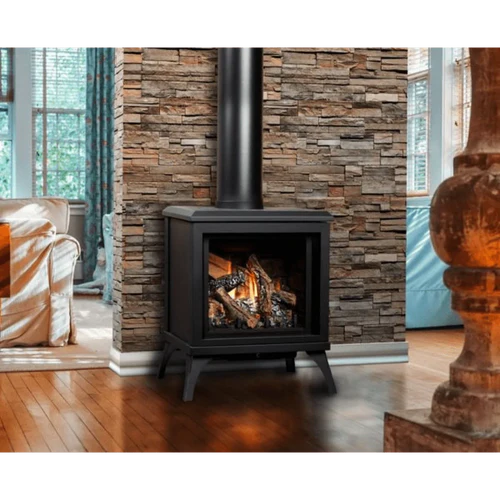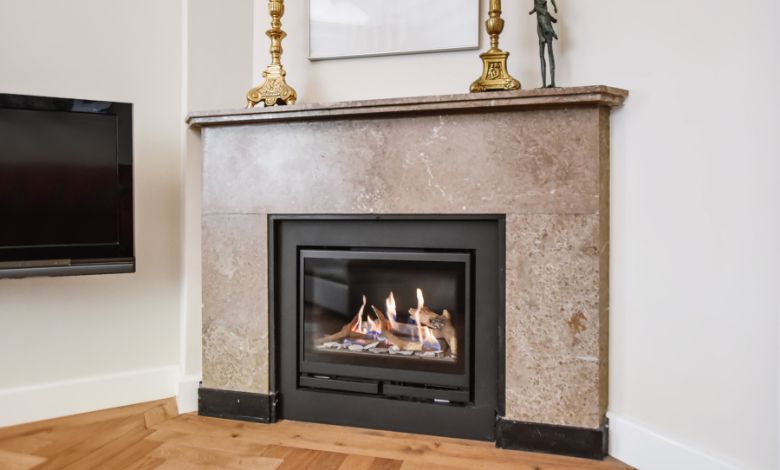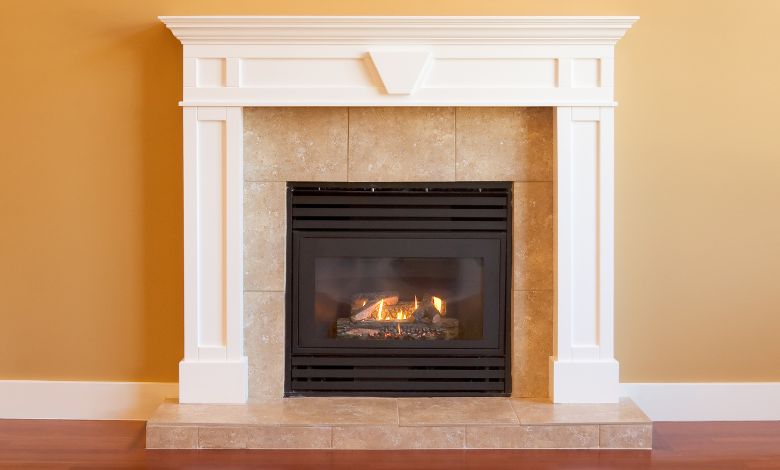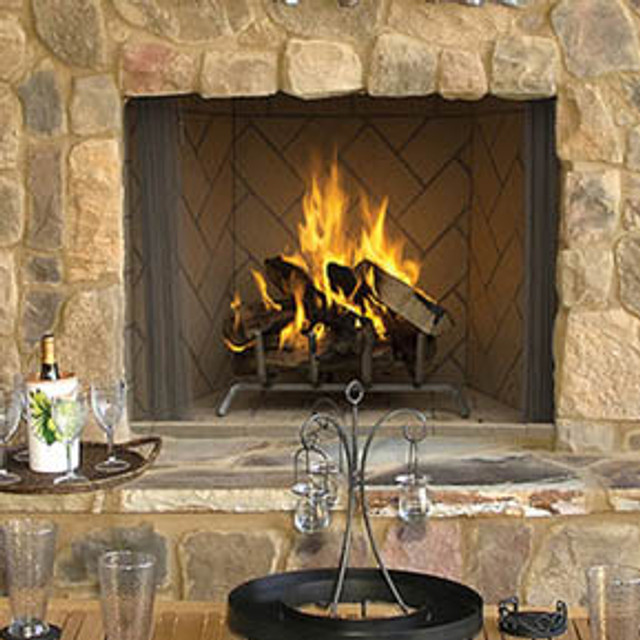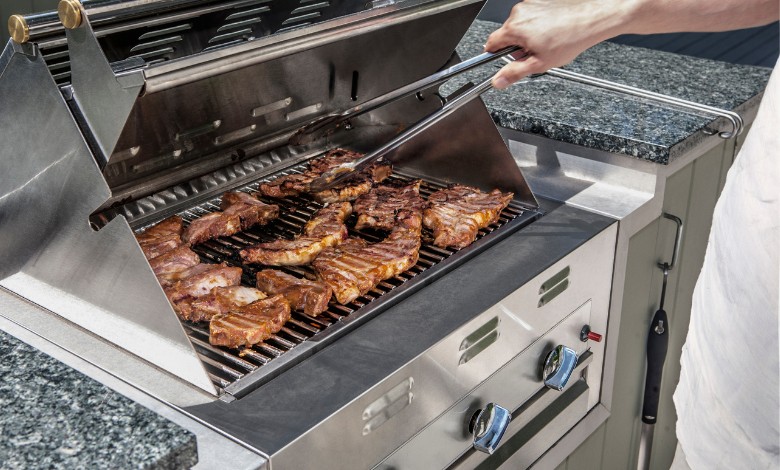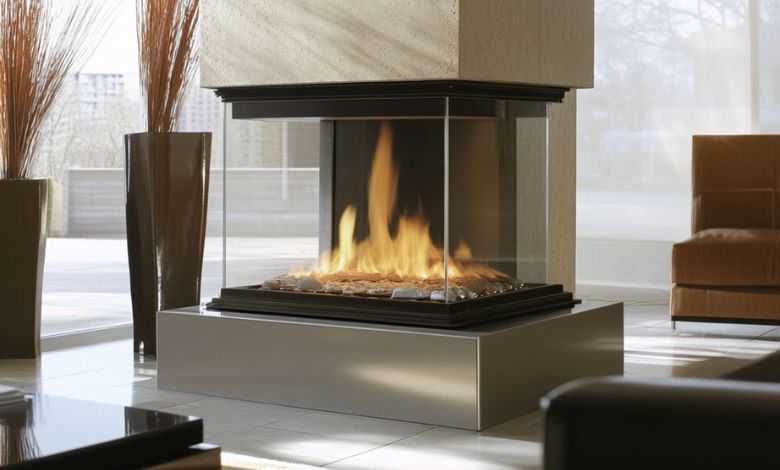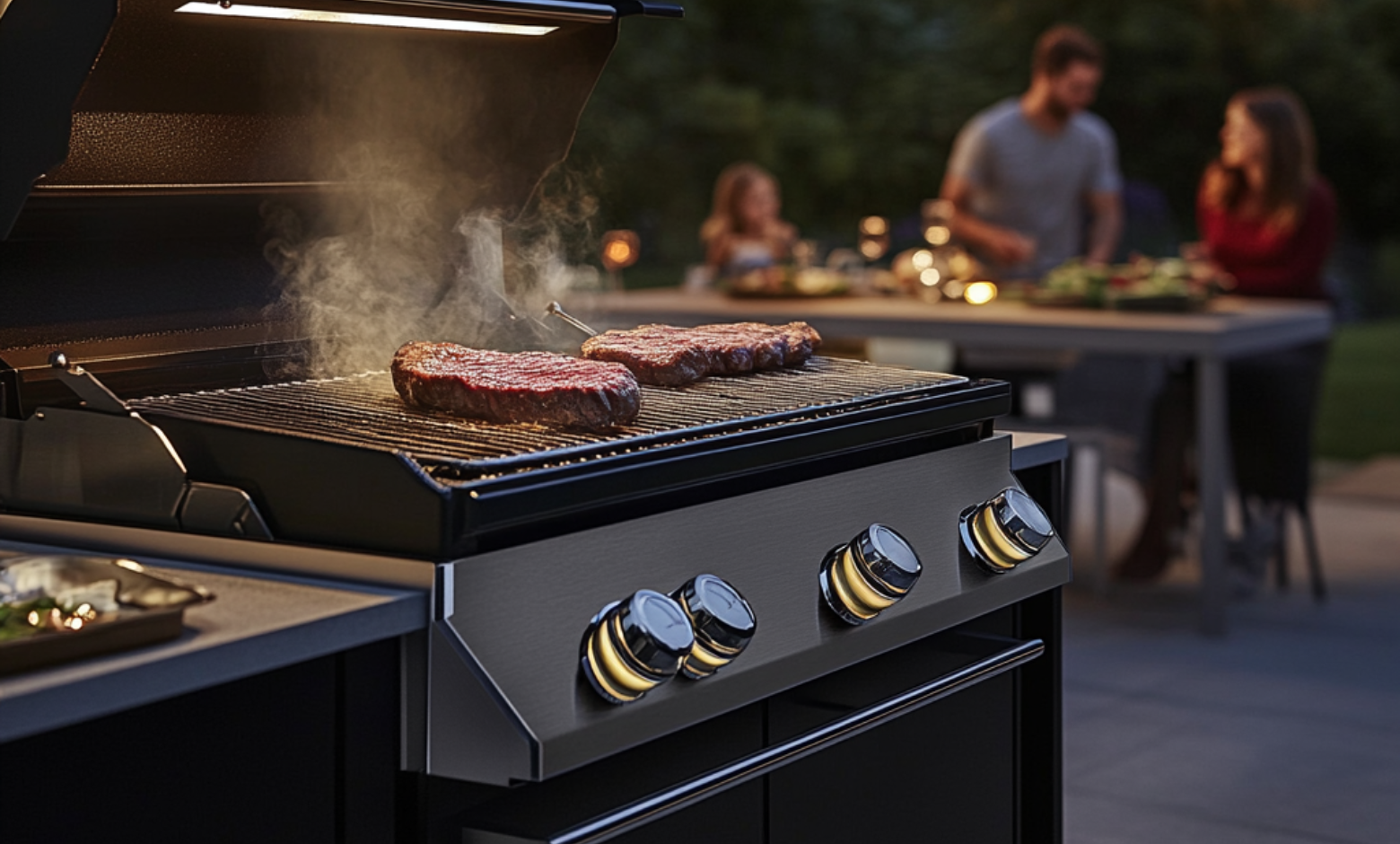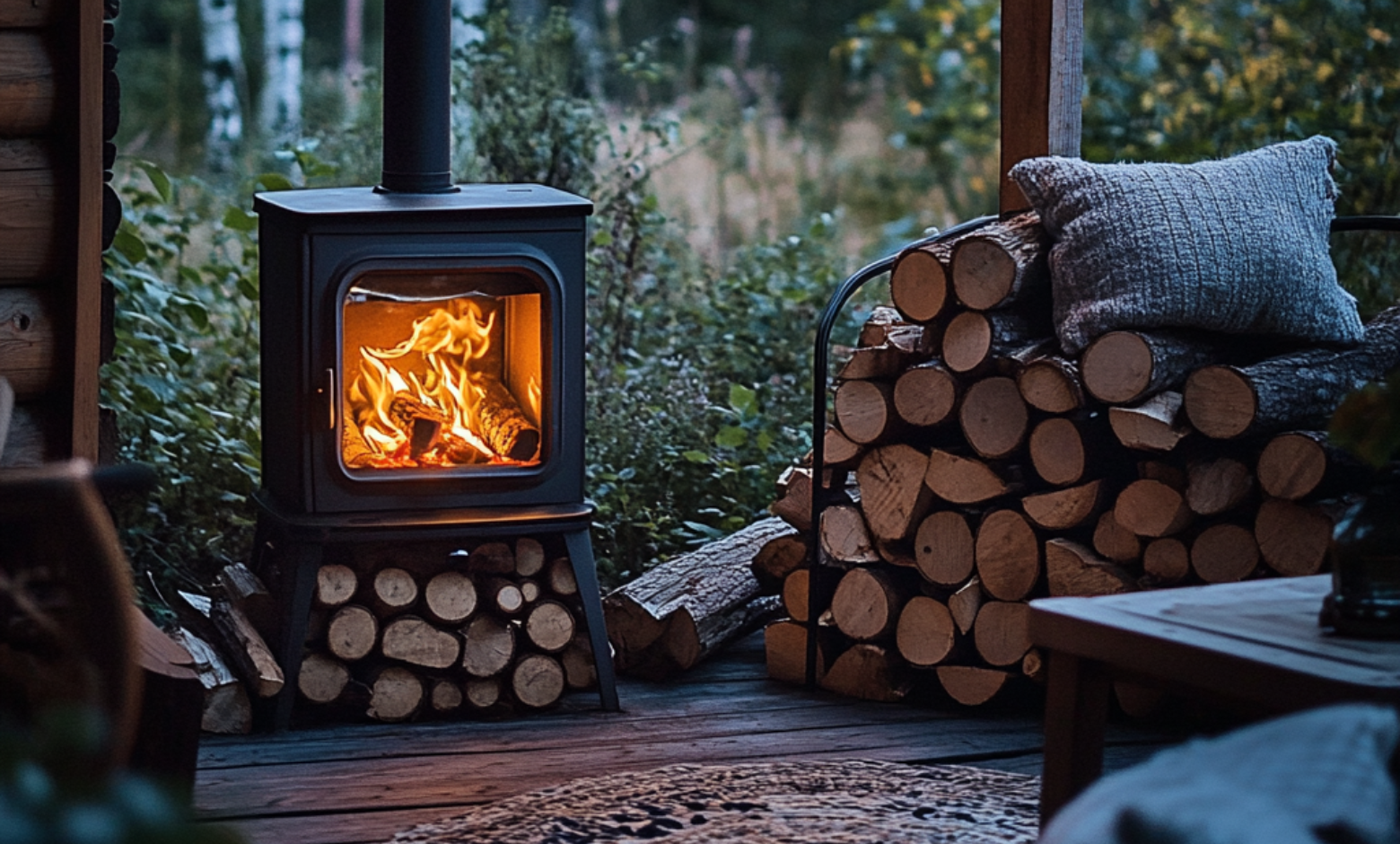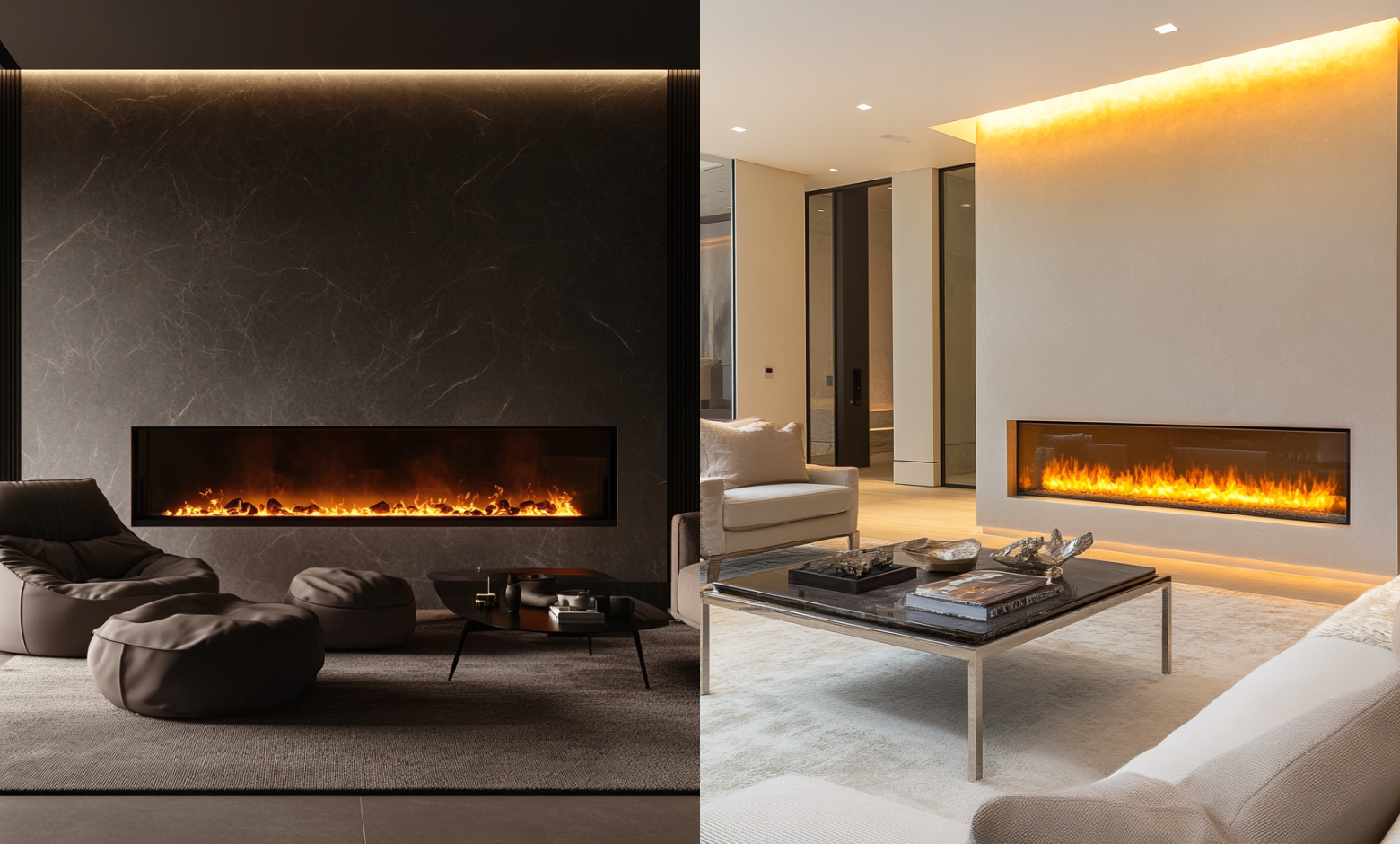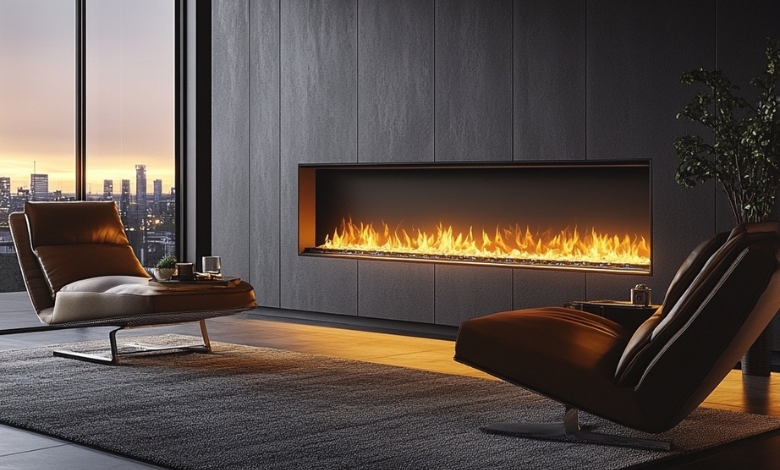What is a Masonry Fireplace
Posted by Anna William on Sep 17th 2025
A masonry fireplace is a classic feature that enhances any home, providing both cozy warmth and visual charm. So, what exactly defines a masonry fireplace? It’s a traditional design constructed from materials like brick, stone, or concrete. These materials are selected for their excellent heat retention, long-lasting durability, and solid structure, ensuring the fireplace stands the test of time. The masonry fireplace is a staple of home design, offering a cozy gathering place for families, as well as a stunning focal point in living rooms, dens, and other spaces.
Masonry fireplaces are not only about warmth; they also add significant value to your home and bring a rustic, classic look that many homeowners cherish. Whether you're building a new home or remodeling an old one, the masonry fireplace construction process involves skilled craftsmanship and careful planning to ensure both safety and functionality. In this blog, we will dive into the components that make up a masonry fireplace, its benefits, and what to consider when you’re looking to add one to your living space.
What is the Difference Between a Masonry Fireplace and a Prefabricated Fireplace?
When it comes to fireplaces, you might hear the term “masonry fireplace” used alongside “prefabricated fireplaces.” While both serve the same function—providing warmth and creating an inviting atmosphere, their construction and installation methods are different.
A masonry fireplace is built directly within the home, typically using materials like brick, stone, or cement blocks. This construction approach demands considerable labor and typically takes more time and specialized skills to complete. On the other hand, prefabricated fireplaces come as ready-made units, often lighter and easier to install. These units are generally made of metal and are assembled onsite.
Masonry fireplaces have a more classic, custom feel and last longer because of their durable construction. They also offer more design flexibility, allowing you to tailor the size, shape, and materials to fit the aesthetic of your home. If you're looking for something more permanent, authentic, and long-lasting, a full masonry fireplace might be your best option.
The Components of a Masonry Fireplace
Masonry fireplaces are constructed using a variety of materials, with each playing a crucial role in the fireplace's performance and longevity. Here’s a breakdown of the key components:
1. Firebox
The firebox is the section of the fireplace where the flames ignite and burn. It’s typically made of firebrick, which is designed to withstand high temperatures and prevent heat from damaging the surrounding structure. The firebox is essential for containing the fire and directing the heat up through the chimney.
2. Hearth
The hearth is the area in front of the firebox where the fire is contained. In traditional masonry fireplaces, the hearth is made of stone or brick. Not only does it provide a safety barrier to prevent embers from escaping, but it also adds to the visual appeal of the fireplace, offering a flat, durable surface that can be enjoyed in a variety of styles and finishes.
3. Chimney
The chimney is a critical element in masonry fireplace construction. It directs the smoke and gases generated by the fire out of the house and into the outdoor air. A well-designed chimney ensures that your fireplace works safely and efficiently. It must be built to withstand high heat and designed with proper venting to ensure airflow.
4. Mantel
The mantel, while not necessary for the fireplace to function, adds an aesthetic touch and offers a place for decor or personal items. In masonry fireplaces, mantels are often crafted from the same materials as the fireplace, whether that's brick, stone, or a combination of both.
5. Throat and Damper
The throat is the opening just above the firebox, where smoke rises toward the chimney. The damper sits at the upper part of the throat, regulating the flow of air. It’s a vital piece for regulating how much air flows into the firebox and how much smoke exits the chimney. Having a damper that seals properly is essential for keeping heat in when the fire isn’t burning and for preventing drafts.
Full Masonry Fireplace vs. Masonry Fireplace Insert
While a full masonry fireplace is a complete structure made from scratch using bricks or stones, a masonry fireplace insert is a pre-fabricated firebox designed to be installed into an existing masonry structure. This alternative is often more budget-friendly and can be added to an existing fireplace to enhance its performance. The insert offers greater control over heat output and reduces the amount of heat lost through the chimney.
Choosing between the two depends on your goals for your fireplace. If you’re looking for an authentic, custom-built look and are willing to invest in the construction process, a full masonry fireplace is the way to go. If you're looking to boost the efficiency of your existing masonry fireplace without the need for a full overhaul, installing an insert might be the ideal option.
Benefits of Masonry Fireplaces
When it comes to deciding whether a masonry fireplace is right for your home, there are several benefits to consider. Here's why many homeowners opt for masonry fireplaces:
1. Longevity
A high-quality masonry fireplace is designed to endure for many years, even centuries, with only a little upkeep required. The materials used—such as brick, stone, and concrete—are incredibly durable and resistant to the wear and tear of time. You’re investing in a piece of craftsmanship that stands the test of time.
2. Aesthetic Appeal
Masonry fireplaces add an elegant, timeless look to any room. The natural beauty of brick and stone creates a warm, inviting atmosphere. A masonry fireplace can be crafted to suit any style of interior, from a cozy, rustic charm to a contemporary, streamlined aesthetic.
3. Energy Efficiency
Masonry fireplaces, particularly full masonry fireplaces, are energy efficient. The materials used in their construction retain heat, meaning the warmth generated by the fire can last longer, even after the fire has gone out. This can minimize the need for extra heating, particularly during the colder months, and contribute to lowering energy expenses.
4. Safety
Masonry fireplaces are generally safer than their prefabricated counterparts. They’re built to strict codes and standards, ensuring they are structurally sound and capable of containing the heat produced by the fire. The materials used are fireproof, and the chimney systems are designed to vent smoke and gases safely out of the home.
5. Home Value
A well-designed masonry fireplace can increase the value of your home. A thoughtfully crafted masonry fireplace can significantly boost your home's value. It's an investment that elevates the aesthetic appeal of your living area while offering a desirable feature that potential buyers often look for. The visual appeal, energy efficiency, and durability make it an attractive selling point.
Masonry Fireplace Dimensions
When planning a masonry fireplace, it's essential to consider the dimensions to ensure the fireplace fits the intended space and performs efficiently. The dimensions of a fireplace vary depending on its design, but a typical masonry fireplace is about 36 inches wide and 24 inches deep. The height of the firebox can range from 20 to 30 inches, depending on the size of the room and the type of fire you want to build.
It's also important to account for the size of the chimney, which needs to be tall enough to create a proper draft. The size of the chimney will vary based on the height and width of the fireplace, as well as the local building regulations in your area. Consulting with a professional mason or contractor can help you determine the right dimensions for your masonry fireplace to ensure safety, efficiency, and a seamless installation.
Considerations When Building a Masonry Fireplace
Before diving into masonry fireplace construction, there are a few key considerations to keep in mind:
- Budget: Masonry fireplaces tend to be more expensive than prefabricated options due to the labor and materials required. The investment is usually worthwhile for homeowners seeking a durable and premium feature in their living space.
- Space: Ensure your home has enough room to fit a full masonry fireplace. The required space will depend on the room's size and the fireplace's design.
- Building Codes: It’s important to follow local building codes and regulations to ensure that your masonry fireplace is safe and functional. This includes everything from the materials used to the chimney height.
- Maintenance: While masonry fireplaces are low maintenance compared to some other types of fireplaces, they do require occasional cleaning, especially the chimney, to ensure they operate efficiently.
Conclusion
A masonry fireplace is more than just a heating element in your home—it’s a central piece that enhances the overall aesthetic, brings warmth and comfort, and adds value to your property. A masonry fireplace, known for its sturdy build and classic charm, is an excellent option for those wanting to establish a warm and welcoming ambiance in their living space.
If you're considering a masonry fireplace, take the time to think about your design preferences, space, and budget. Whether you’re looking to add a traditional, full masonry fireplace or are interested in modernizing your existing structure with an insert, there are plenty of options to suit your needs.
Embers Living offers a wide range of outdoor and indoor products to help enhance your home, including stunning masonry fireplaces that combine beauty and functionality. With expert craftsmanship and a passion for quality, Embers Living is dedicated to bringing warmth and style to your living space.
